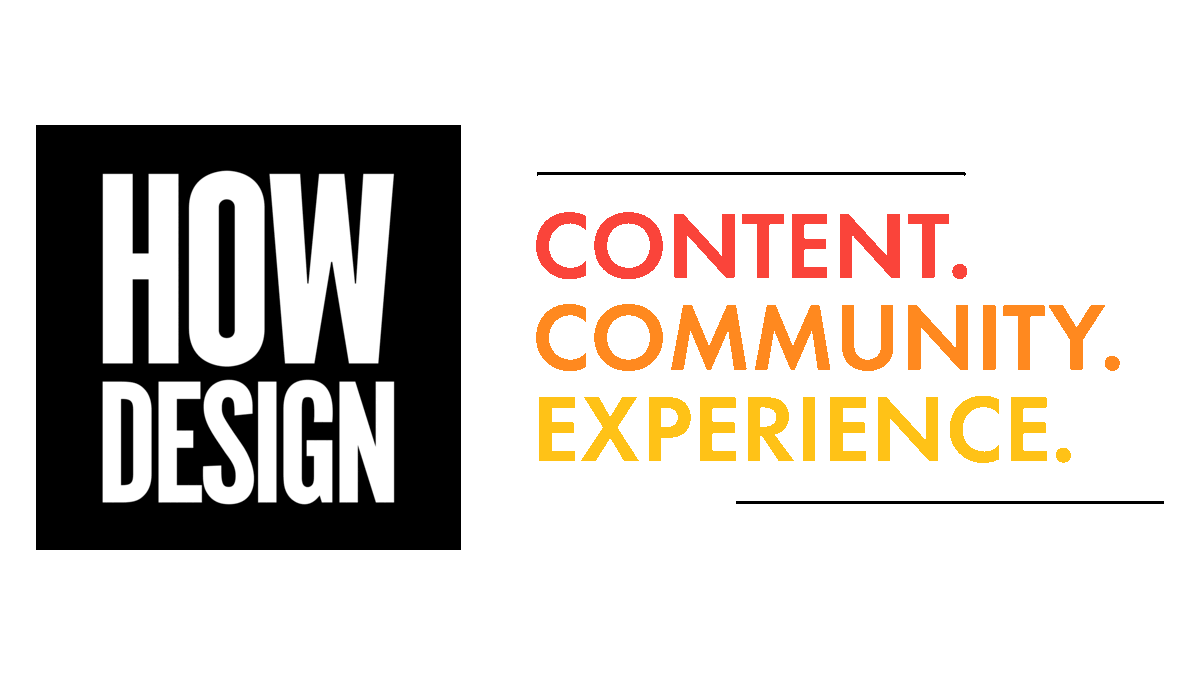 Written by- Khushbu Sanghi, SVA Graduate Student, Masters in Branding
Written by- Khushbu Sanghi, SVA Graduate Student, Masters in Branding
We often learn in school the how’s and why’s of design, marketing and branding that make us think, learn, and lean towards a skill one could excel in. We read, research and discuss variables of strategy in design, marketing, and branding hoping to find solutions, make a difference and be better professionals.
I am currently a graduate student, studying at the School of Visual Arts, Masters in Branding program. I had this wonderful opportunity to visit the How Design Conference 2018 in Boston and connect with some creative leaders, learn about current trends in the creative industry, and grow our careers.
Here are seven important aspects of design I consider to be key takeaways in understanding and fulfilling the goal of a brand promise:
What it takes to be a brand:
A brand is a reflection of an organization that a company stands for and to be successful we need to be distinctive, relevant and consistent. Joshua Breidenbach and Chi-An De Leo in their session on ‘Seeking the Unexpected’ told us how the visual impact is to work with meaning, to keep wandering, to welcome clash, to trust the process and to seek the unexpected. It is important to understand the delicate balance of strategy and creativity to uncover the uniqueness of a brand through design.
Build your personal brand:
Some of us are either introverts or extroverts or ambiverts and harnessing them, as our strength is what we learned from the opening speaker Susan Cain. Introverts and extroverts embrace each other’s tendencies. Collaborative processes preserve space for solo thinking, ideation, and the creation of value. While Dorthea Bozicolona-Volpe, a Digital Marketing strategist explained how showing your vulnerability is the best way to promote yourself. People judge us through the digital footprint we leave and that’s why it is essential to display what we are most passionate about.
Build a brand experience:
Michael Solomon, in his talk ‘Walk a Mile in Your Customer’s Shoes’, explained the importance to understand our customers and how they will benefit from a brand experience. A company’s high order needs should start from sensation, to cognition, to emotion, and finally to resonance where the goodness fits– what people are looking for and what a brand gives. They should lean towards a return of involvement rather than a return of investment. Today, consumers don’t simply buy a brand; they look for building a relationship with their brands by experiencing and personalizing it.
Keep it simple:
The myth of form follows function is now replaced with form follows fantasy. We’re not designers of information, rules and regulations, systems or elitism. We’re designers of inspiration, emotion, and hope. We are constantly challenging our creative selves through discovery, enthusiasm and generosity, expressed Brian Collins in his talk ‘Into the Unknown’.
Be a business detective:
Ilise Benun, speaks about the ‘The Worst Negotiating Mistakes and How to Avoid Them’ by explaining the importance of speaking the clients’ language rather than speaking your own jargon. Today we have the opportunity to create truth about brands by changing behavior and shifting perceptions. So why not convert ‘networking’ into research, ‘outreach’ into interviewing to build content that reaches your ideal clients.
Implement the power of visualization:
Christine Mau, a Strategic Branding and Design Expert said that a human brain processes 1.8 trillion visuals 600,000x faster than words and remembers 9,090 of them. The power of an image can be an underpinning of an experience– and that is why starting with a mood board will lead to less revision and changes. The process is to discover, define, develop and finally to deliver. Giorgia Lupi, in her talk on ‘Data Humanism’ beautifully showcased how data visualization can give us immense opportunity to enable decision makers to see analytics presented in a visual format that allows them to grasp difficult concepts or identify new patterns that can become actionable.
Stay Curious:
“To learn to design we must learn to see”, says Nick Law, President Publicis Communication. Story and system, space and time, are just like the two hemispheres of the brain that make narrative thinkers believe in the power of the moment. Beyond its strategic role, design matters because it has very real, tangible effects on the people who interact with it. We must design the behavior and distill important moments of that interface into the behavior of your future brand.
While many conferences talk about the ‘process’ or what the ‘next steps’ are, HOW Design Live brought value to understanding the importance of design by challenging the status quo and focusing on creating more meaningful designs that inspire brand stories.
